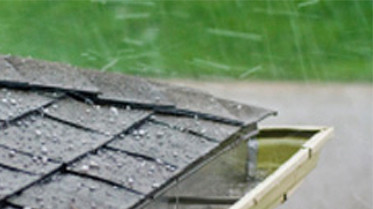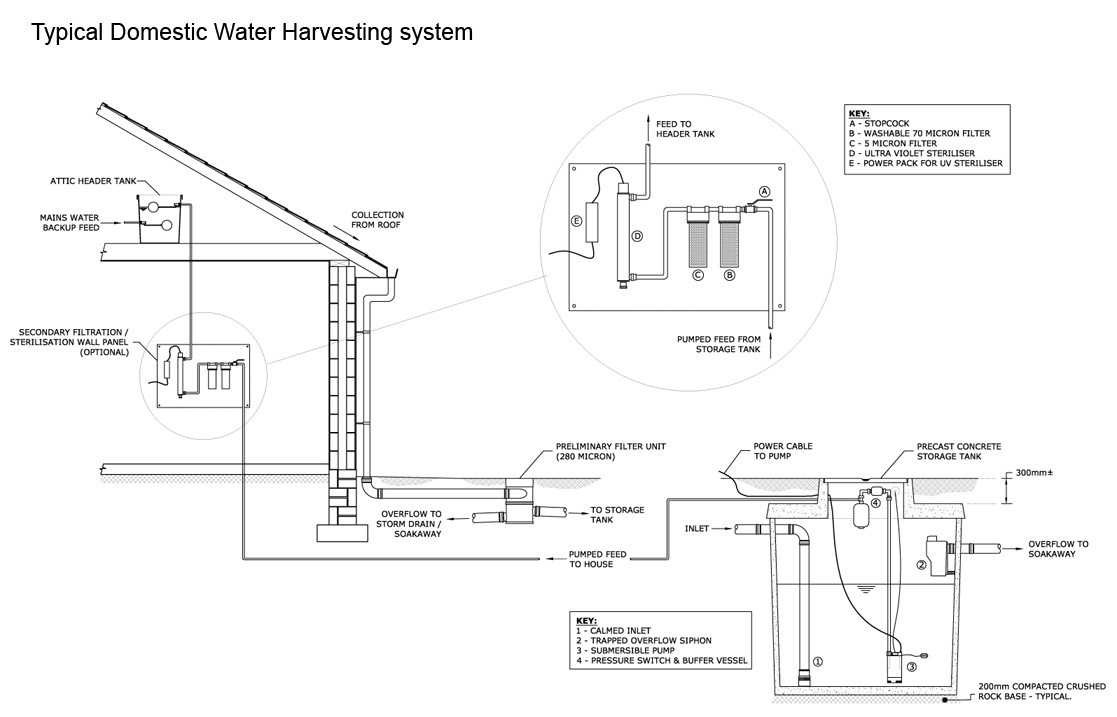Rainwater Harvesting

Commercial water charges are levied on all businesses in the country by the Local Authorities. These charges are generally in the region of €1.50 to €3.00/m3. Large savings can be made by installing a Rainwater Harvesting System. bioCycle™ design & manufacture a range of Rainwater Harvesting tanks for the Domestic & Commercial markets.
– RAINstar – the rainwater harvesting solution.

Benefits Of Rainwater Harvesting
- Can reduce Domestic water consumption by >50%
- Reduces the volume of surface water to drainage
- Reduces the demand volume on water from reservoirs
- Reduces the amounts of detergents used in washing
- Ideal for Vehicle Washing
- Can reduce Commercial water consumption by >75%
- Reduces the level of flood risk
- Ideal for Garden Irrigation – no chlorine
- ‘Soft Water’ can increase lifespan of washing machines
- Commercial Applications will have a Pay-back Period
The RAINstar range of Rainwater Harvesting Tanks are designed for the following applications:
- Basic Domestic – Garden Irrigation & Car Wash
- Outside Tap, Showers (optional)
- Full Domestic – Toilet Flushing, Washing Machine
- Commercial – Schools, Hotels, Hospitals, Offices, Industrial & Agricultural Buildings
How It Works
Rainwater harvesting is the ability to capture grey/nonpotable water at the point where it falls and substitute it for mains water, in non-potable applications. The RAINstar collects the run-off from the roof area, via the sealed gutters. The flow is then passed through a series of filters. The first is the Leaf Filter, which removes leaves, twigs and other light debris. The water flows down into the underground concrete storage tank, through a calmed inlet.

Water is then pumped up, via a pressure switch & buffer vessel, to a Header Tank. This is then gravity fed into separate pipework for non-potable applications – toilets, washing machines, outside tap. Enroute to the header tank, the harvested rainwater passes through two further filters – the final filter removing the fine sediment, down to 5 microns. In times of heavy rainfall, the RAINstar system is designed to overflow to storm drain via a trapped overflow syphon. If the tank runs empty, the system automatically switches over to the mains water supply. It’s that simple.


